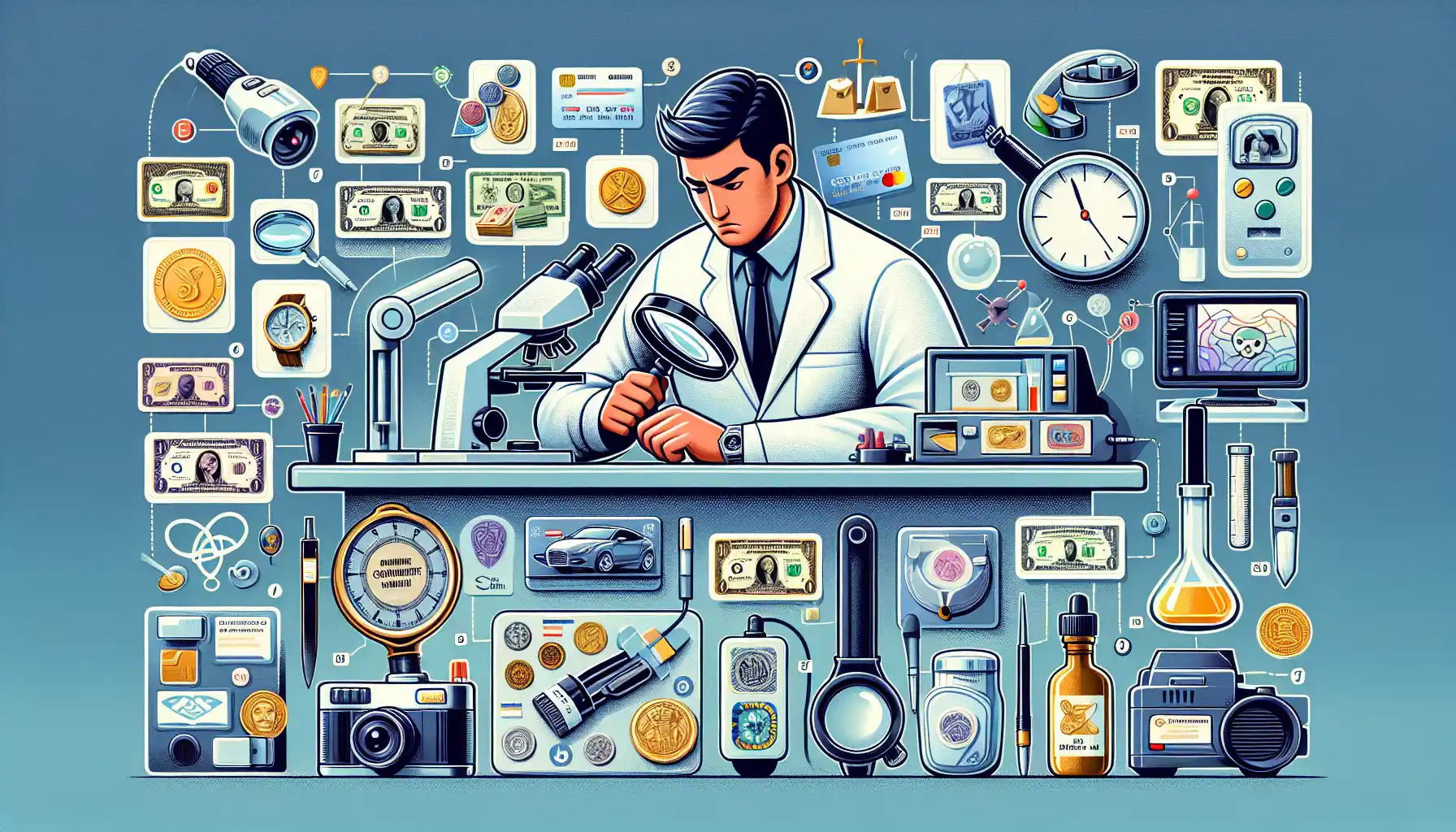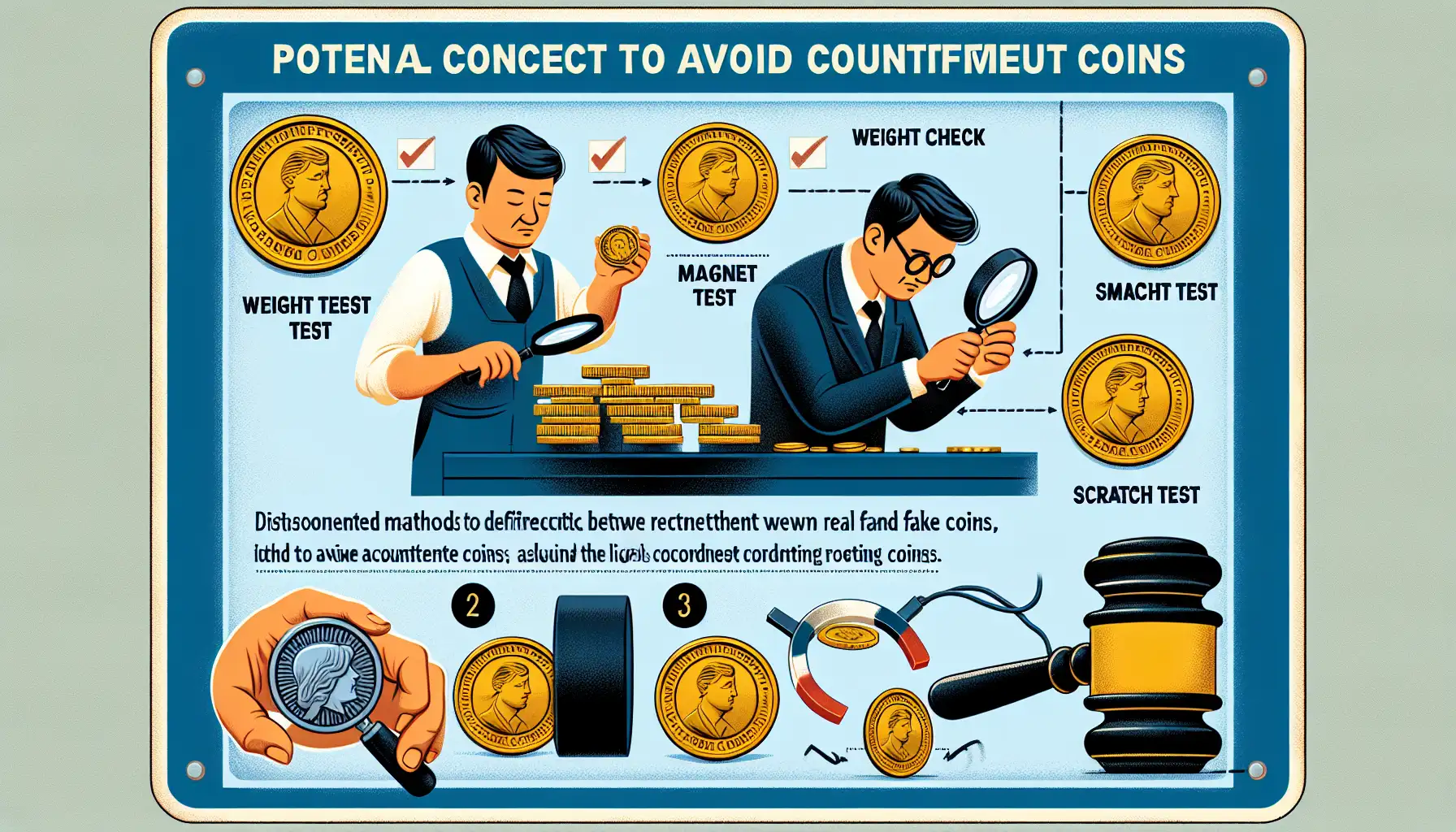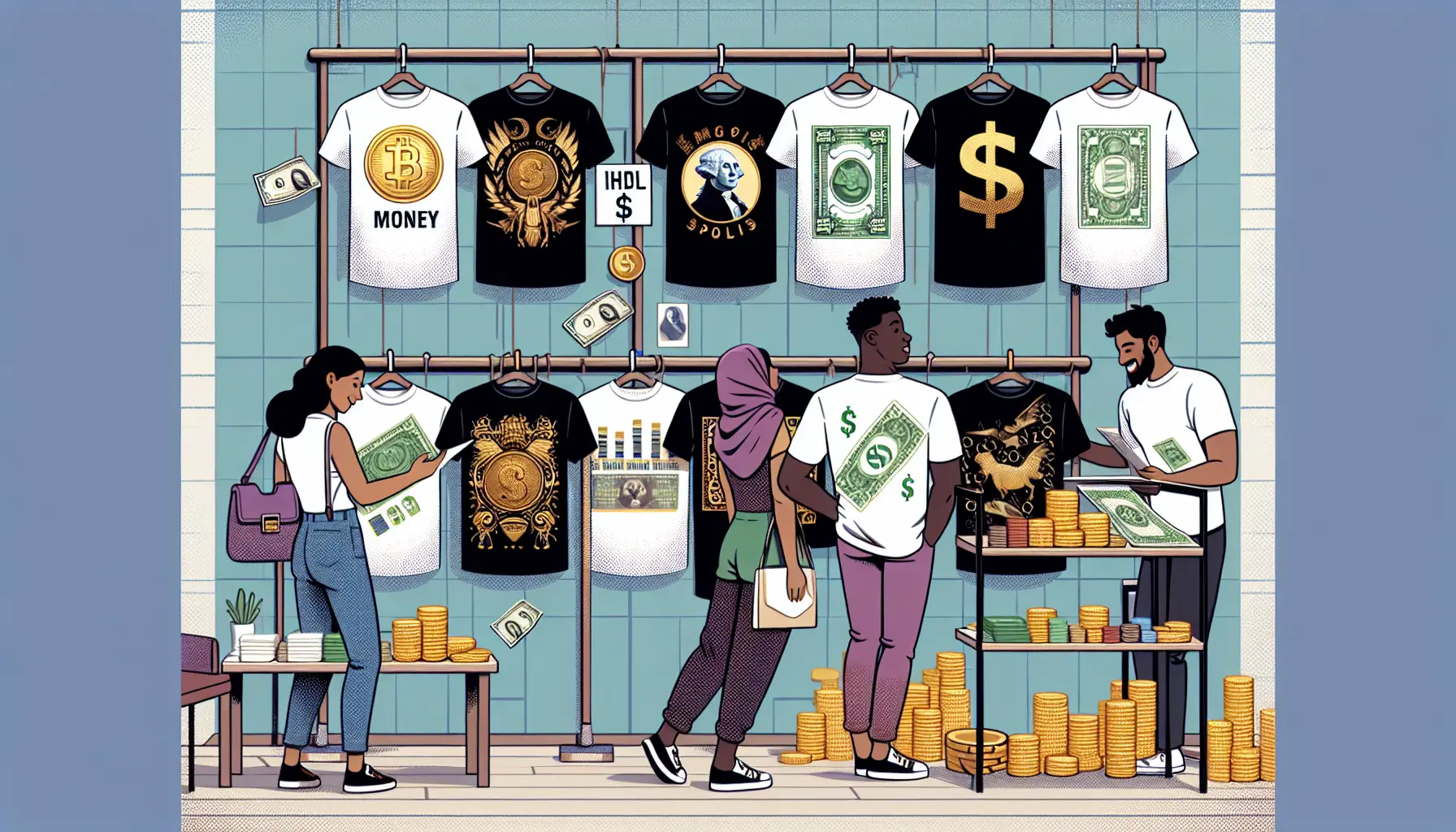Understanding the Basics of Counterfeit Coins
Spotting the Telltale Signs of Fake Coins
When it comes to identifying counterfeit coins, think of yourself as a detective with a magnifying glass in hand. Every coin tells a story—some are genuine, while others are elaborate lies. But how can you spot the difference? Let’s dive into some clues that counterfeiters often leave behind.
First, pay attention to the
weight and size. Authentic coins have precise specifications. If a coin feels unusually light or heavy, or if its dimensions seem off by even a hair, that’s your first red flag. It’s like shaking someone’s hand and realizing their grip doesn’t match their appearance—something just feels “off.”
Next, examine the
details. Legitimate coins boast sharp, intricate designs. Counterfeits? Not so much. Look closely at lettering—are the edges crisp or fuzzy? Are the patterns symmetrical, or do they look like a hurried sketch?
Here’s a quick list of what to inspect:
Edges: Genuine coins often have ridges or patterns; fakes might feel smooth or uneven.
Color: Is the shine too bright, or does the tone look unnatural?
Always trust your gut—and your magnifying glass!
Common Signs and Features of Fake Coins

Spotting Suspicious Details: The Devil is in the Details
When it comes to identifying counterfeit coins, your eyes become your greatest ally. Think of yourself as a detective, scanning every inch of the coin for clues. Counterfeiters often slip up on the small stuff—details they think no one will notice but stick out like a sore thumb if you know where to look.
Start by examining the coin’s
edges. Legitimate coins usually have clean, precise ridges or patterns. If the edges feel rough, uneven, or downright sloppy, it's like finding a fingerprint at a crime scene. Next, look closely at the lettering. Are the fonts inconsistent? Do some letters look slightly misaligned or blurred? These are red flags waving right in your face.
Here’s another trick: tilt the coin under a light. Authentic coins reflect light in a uniform way, while fakes might give off an awkward, patchy shine. And don’t forget the weight! Real coins have a specific heft to them, so if a coin feels oddly light or too heavy, trust your instincts—it’s probably not the real deal.
Tools and Techniques for Detecting Counterfeits

Spotting the Telltale Signs of a Fake Coin
Imagine holding a coin in your hand—a tiny piece of history, weighty with stories. But what if that cherished artifact is a fraud? Counterfeit coins can be sneaky imposters, but they often leave behind breadcrumbs for the keen-eyed collector to follow.
First, let’s talk about weight. A real coin should feel just right in your palm, like a handshake that neither crushes nor wilts. Counterfeits, on the other hand, often feel "off." Use a digital scale to measure the coin's weight and compare it to official specifications. Even a fraction of a gram can scream "fake!"
Now, get up close and personal with the coin’s surface. Grab a magnifying glass and look for
irregularities. Authentic coins boast crisp details—every line, ridge, and inscription stands proud. Fakes? They might show
blurry edges, uneven text, or awkward spacing.
And don’t forget sound! Drop the coin gently onto a flat surface and listen. Genuine coins often produce a clear, ringing tone, while counterfeits may sound dull or flat. These subtle clues are like whispers from the past, guiding you toward authenticity.
Preventive Measures to Avoid Counterfeit Coins

Spotting the Red Flags: What to Look Out For
Ever held a coin in your hand and felt something was just… off? Trust that instinct—it’s sharper than you think. Counterfeit coins often give themselves away through tiny, telltale signs. Let’s dive into what your eyes, fingers, and even ears should be paying attention to.
First, let’s talk texture. Run your fingers over the surface of the coin. Does it feel rough or unnaturally smooth? A genuine coin has a distinct tactile quality, with crisp edges and defined details. Counterfeits? They often feel like cheap imitations—because they are.
Next, take a close look at the details. Is the mint mark where it should be? Are the letters evenly spaced, or do they look like they were carved by someone in a hurry? Genuine coins are precision-made; counterfeit ones often miss the mark (pun intended).
Lastly, don’t underestimate the “drop test.” Drop the coin gently on a hard surface. A real coin will produce a clear, ringing tone, while a fake one might sound dull or muted.
Trust your touch: Is the coin's texture consistent?
Examine the design: Check for irregularities in lettering and symbols.
Listen closely: The sound of authenticity is hard to fake.
Your senses are your best allies—use them wisely!
What to Do If You Suspect a Coin Is Counterfeit

Steps to Take When Doubts Arise
So, you've got this coin in your hand, and something feels... off. Maybe it's the weight, the texture, or just a gut feeling whispering, "This might not be the real deal." Don't panic—this is where curiosity meets action! Here’s how you can dive into detective mode:
- Pause and Inspect: Grab a magnifying glass (or even your phone’s camera zoom) and study every detail. Look for uneven edges, blurred inscriptions, or strange symbols that scream "fake."
- Compare with Confidence: If you’ve got a genuine version of the same coin, compare them side by side. Notice differences in size, color, or sheen? That’s a red flag.
- Test the Weight: Real coins have a certain heft. A counterfeit might feel unusually light or heavy. A simple kitchen scale can reveal surprises!
Who to Turn to for Expert Advice
Still unsure? It’s time to bring in the pros. Local coin dealers or reputable numismatists can offer expert insights. And if you’re looking for a more official route, organizations like the
American Numismatic Association are your lifeline. They can help you get a thorough analysis without judgment—because even the best collectors stumble sometimes!









